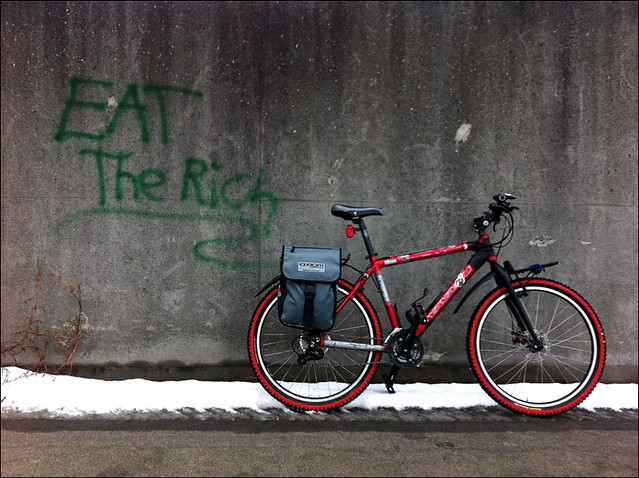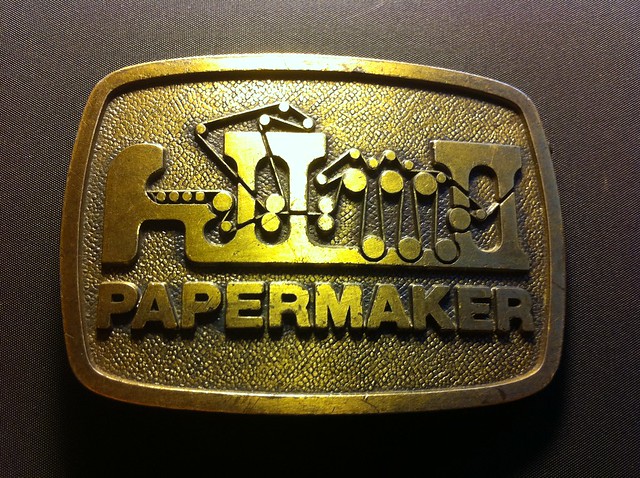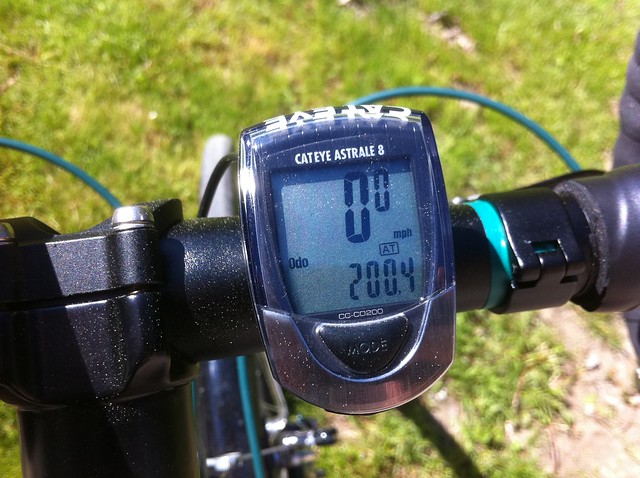Strange Horizons ebook issue generator
 Attentive readers may notice I’ve been on a bit of an ebook kick recently. Here’s a tool I made to generate ebook issues of Strange Horizons, an SF magazine:
Attentive readers may notice I’ve been on a bit of an ebook kick recently. Here’s a tool I made to generate ebook issues of Strange Horizons, an SF magazine:
Strange Horizons is a weekly magazine of and about speculative fiction. Calibre is a free and open source ebook library management application.
Calibre has an extensible system “for downloading news from the Internet and converting it into an ebook.” The scripts Calibre uses to retrieve and format news are known as recipes. Recipes can be configured as simple RSS readers or as custom Python scripts using Calibre’s recipe API.
Strange Horizons is published online as a web site. This Calibre recipe retrieves the current issue of Strange Horizons and outputs an ebook suitable for reading on a Kindle or other ereader device.
The script and other details, including installation and usage notes, are available on GitHub. It is included with Calibre since Calibre version 0.8.38.
Update, March 4, 2012: This script has been acknowledged on the Strange Horizons blog.
Posted on Tuesday, January 31st, 2012. Tags: books, code, recipe.
Text Justification with the Kindle Collections Plugin for Calibre
I recently mentioned that I used Calibre to enable left justification on my Kindle. More precisely, the justification option is a minor feature of the Kindle Collections plugin. The plugin’s primary purpose is to help organize collections on your Kindle. I find it a bit complicated for that purpose, but I was happy to discover a way to enable left justification. (Turns out there are other ways to do it, too.) Full justification looks great when typeset well, as is usually the case in printed books, but in some circumstances it doesn’t appear quite so stately on the Kindle. In these cases, I prefer the “ragged right” of left justification to distracting gaps or rivers within the text itself.
Like screenshots? Read on for a step-by-step guide.
Posted on Monday, January 30th, 2012. Tags: books.
Calibre Content Server

Calibre is an ebook management application. You can use it to convert ebooks to different formats, to edit metadata, or to organize and browse your ebook library. It can also act as a “Content Server”, providing an easy way to publish a searchable online catalog of your ebooks. This feature is useful for accessing your ebooks on different computers and devices. It could also be useful for libraries or research groups interested in sharing material over the internet.
In this post, I’ll show how to setup the Calibre Content Server and share a few examples.
Posted on Thursday, January 26th, 2012. Tags: books.
Eat the Rich
Note: I do not officially condone graffiti or cannibalism. I just thought it was a fun photo-op.
Posted on Monday, January 23rd, 2012. Tags: bike.
2012
- Sub-5:00 mile. Another marathon.
- Assemble a portfolio to demonstrate and develop my creative abilities.
- Travel more. Possibly but not necessarily by bike.
Posted on Tuesday, January 10th, 2012.
2011 Recap
How did I do on my goals for 2011?
- Philadelphia marathon. Did it in 3:29:55. I’m a marathoner! Will do more. Breaking 5:00 in the mile remains a goal for this year.
- Brick Blueprint, an idea for a custom LEGO instruction store focused on remixing existing sets. Scrapped it.
- Build a bicycle. Did it. Over 1500 miles on the odometer now. No big tours, though – just one s24o camping trip.
- Career transition. Time to pop the clutch on latent plans to do something new: funding for the EvoS gig has fizzled. Abrupt, yes, but a narrow and labyrinthian path has suddenly opened onto a spacious plain of possibility.
Not too bad. I’m excited to see what the year ahead holds.
Posted on Monday, January 9th, 2012.
Papermaker
Check out this nifty papermaker belt buckle given to me by a friend:
Based on the inscription on the back, looks like it was a bit of swag from Albany International.
Posted on Sunday, May 15th, 2011. Tags: paper.
Abbreviated Action Update
Running
Training continues. I’ve been at 35+ miles a week for two weeks now, and I’ve got a time trial on the track scheduled for this afternoon. Not sure exactly what we’ll be doing, but it will be interesting (and probably humbling) to put some numbers on my performance. Whether I stay at this mileage or bump it up again may depend on the time trial results too.
I recently read Once a Runner, a novel by John L. Parker, Jr. on loan from a friend. As promised, it delivers some amusing and inspiring passages about the experience of running: that peculiar mix of exertion, exhaustion, and exhilaration.
Bikes
The new bike has been working great – I’ve been riding it exclusively since I finished putting it together. I tweaked the seat height and handlebar angle a few times, and now it’s set up quite nicely.
The only mechanical problem I’ve experienced is throwing the chain off the front derailleur, the risk of which can be minimized be adjusting the derailleur set screws. Right now, the derailleur moves over a larger range than is necessary to switch chainrings.
The bike is fast and I really like the brake setup.
Posted on Saturday, May 14th, 2011. Tags: bike, running.




